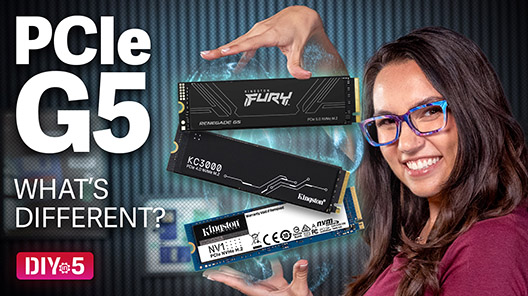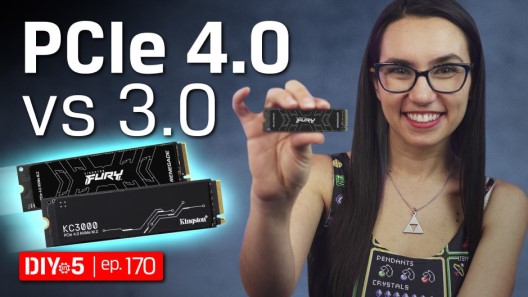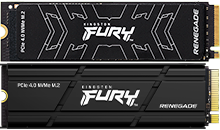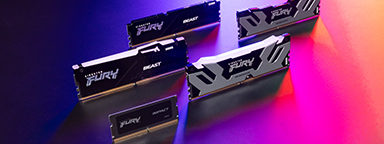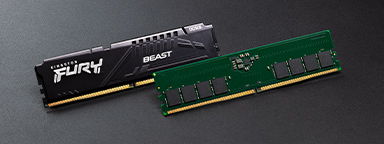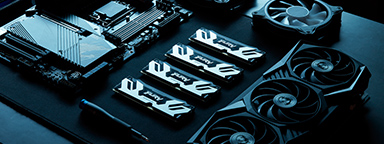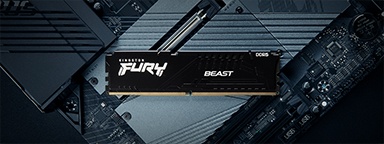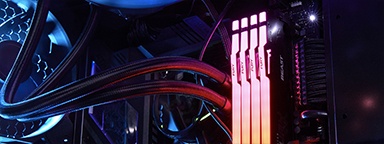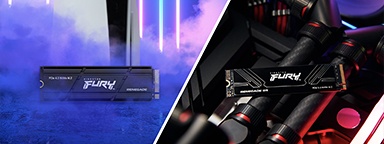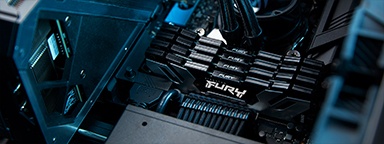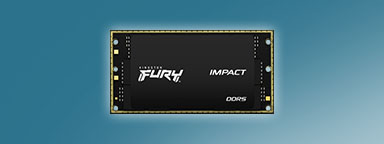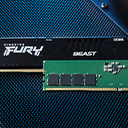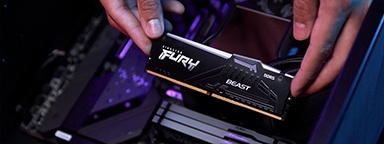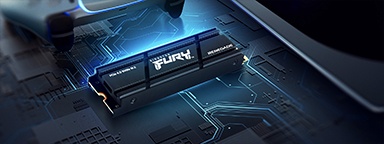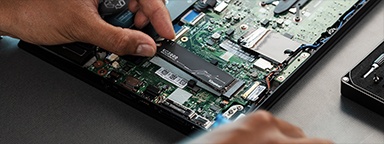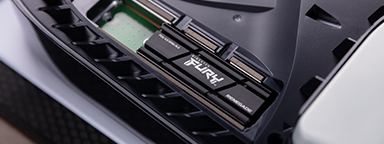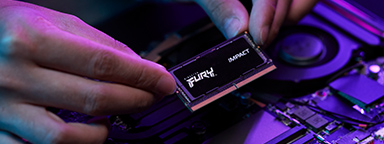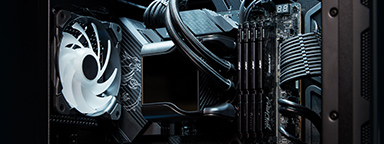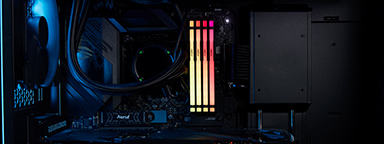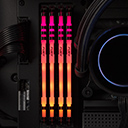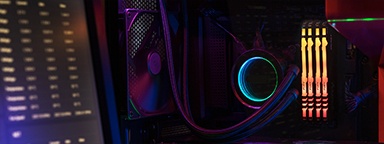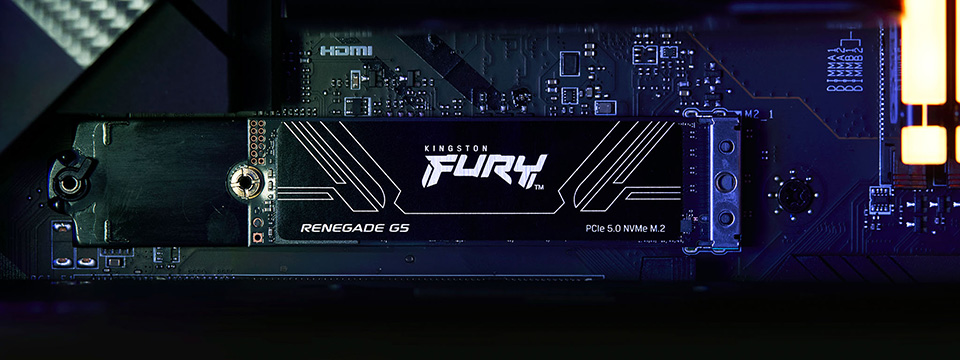
Solid-state drives continue to be refined and improved as NAND and controller technology advances. The latest improvement is the PCIe Gen5 NVMe SSD, emerging as a new gold standard for high-performance storage. While retaining backward compatibility with other PCIe slots, PCIe 5.0 drives offer speeds up to twice as fast as 4.0 drives.
What is PCIe Gen5?
PCIe (Peripheral Component Interconnect Express) is an expansion connectivity standard, a way for the CPU to communicate with other components, such as graphic cards and storage devices. New advancements with this technology are released as generations, and PCIe Gen5 is the newest iteration of this standard. While Gen4 SSDs offered a maximum bandwidth of 16GT/s, 5.0 can reach bandwidths of 32GT/s. They can also potentially offer read speeds 2.5 times faster and write speeds 5 times faster than Gen4 SSDs. Currently, utilising PCIe Gen5 is the way to achieve the fastest SSD performance in a PC.
Who can use PCIe Gen5?
Intel and AMD have a substantial and growing selection of CPUs that are compatible with PCIe Gen5 NVMe SSDs. AMD Ryzen 7000-series and later processors are PCIe 5.0 compatible. All of Intel’s 12th, 13th and 14th generation Core processors (aka ‘Alder Lake’ and ‘Raptor Lake’) support PCIe Gen5. These PCIe Gen5-compatible CPUs will need to live in a PCIe Gen5-compatible motherboard. Motherboards with the AMD X670E, X670, B650E or Intel Z890, Z790 and Z690 chipsets support PCIe Gen5. Check the motherboard’s specifications to ensure PCIe Gen5 compatibility is listed, since there are other chipsets that are compatible but only on some motherboards. Motherboard chipset alone does not determine PCIe Gen5 compatibility.
If you need help selecting the right storage for your system, just use our Configurator.
Who is PCIe Gen5 for?

Gamers, content creators and tech enthusiasts are the most likely to find that a PCIe Gen5 NVMe SSD offers the performance advantages they seek. Hardcore gamers will appreciate the faster read/write speeds, meaning that assets load quicker, allowing more time for gameplay. Content creators, especially those involved in video editing, 3D art and anyone involved in complex simulations, will find their tasks can be completed faster with the greater bandwidth PCIe Gen5 provides.
What benefits do PCIe Gen5 NVMe SSDs offer?
Windows’ 2020 software innovation, DirectStorage, was lauded as a revolution in PC gaming. However, developers have been slow to take advantage of the utility it provides. With the raw speed that PCIe Gen5 SSDs provide, and as the standard proliferates through the gaming community to the extent that developers put more stock in optimising for it, gamers will likely see substantial increases in DirectStorage’s utility. Storage bottlenecks and long load times will be greatly reduced, not only for gamers but also creatives.
Additionally, anyone regularly working with large (100GB+) files will undoubtedly find the increased data transfer speeds and reduced latency much more convenient. Of course, the futureproofing that a PCIe Gen5 NVMe SSD represents is a significant benefit. This drive category will be relevant for years.
Which PCIe Gen5 SSD should I get?

For PC use, the Kingston FURY Renegade G5 SSD is first in class. With capacities from 1024GB to 4096GB, this sleek M.2 drive packs an impressive amount of high-speed storage into a small package. With sequential speeds of up to 14,800MB/s read and 14,000MB/s write, it is one of the fastest SSDs on the market today. However, the drive does not just represent a bump up in speed. Using all the experience of earlier Gen5 NVMe drives, Kingston R&D has precisely tuned this SSD for better overall performance. If your motherboard is compatible with the PCIe Gen5 standard, and you want your computer to not only be fast but stay fast as it meets the demands of future software for years and years to come, choose the Kingston FURY Renegade G5 SSD.
